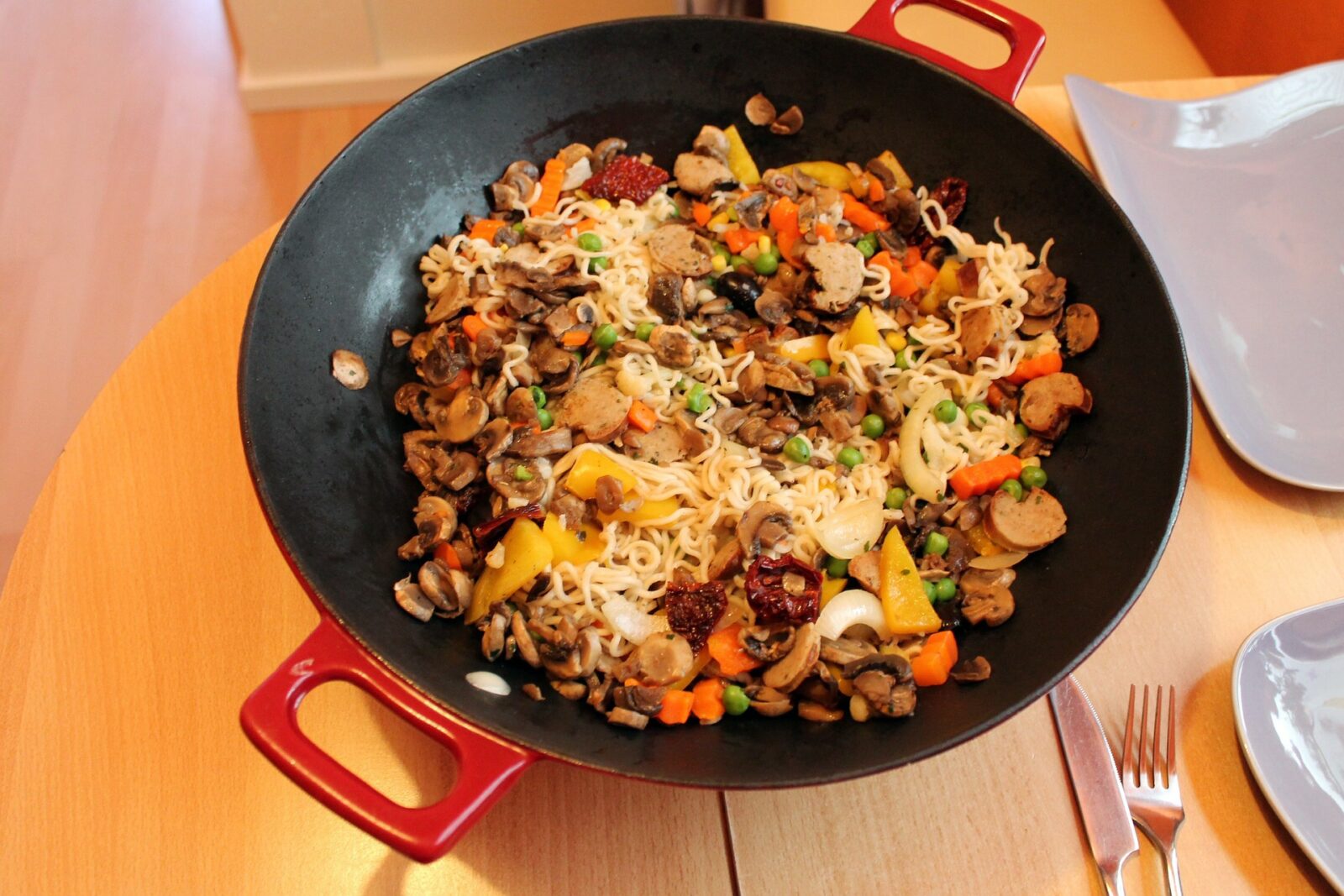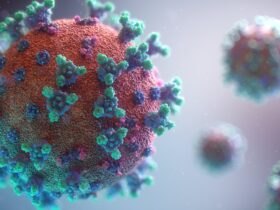Water chestnuts are a vegetable. As strange as it may sound, this aquatic tuber vegetable does resemble a chestnut. However, it is not a nut. Water chestnuts are found in Southeast Asia, Africa, Australia, and the Pacific islands.
Let’s find out the benefits of these chestnut-like vegetables. Believe it or not, they are pretty popular in Asian cuisines and come with a few nutritional properties.
Antioxidants
According to a study, the chestnut-like vegetable peel could help combat the effect of the possible oxidation in our organism. What causes oxidation? Free radicals.
The free radicals create a chain reaction in our bodies called oxidation. They are tiny molecules containing oxygen but with an uneven number of electrons, making them quickly unstable.
However, water chestnuts provide antioxidants, which makes them a great source of combating free radicals. Free radical molecules are only potentially harmful, but if we can do about them, why not? When oxidation takes place, our body’s natural defenses break down.
Once oxidative stress happens, your body is at risk of developing all sorts of chronic diseases. Cancer can be one of them.
Reducing Tumor Growth
Water chestnuts are also a great source of ferulic acids. Some studies show a link between this type of antioxidant and the slow growth of cancerous tumors. Ferulic acids may help reduce or slow down the process of cancer cells; however, whether the water chestnuts are powerful enough to help is unknown.
According to breast cancer research, this antioxidant aid in killing and reducing the growth rate of cancerous cells. However, experts must conduct further studies to understand whether the aquatic tuber vegetable works on our bodies.
Low-calorie Diet
If you are on a low-calorie diet, you can include these small vegetables as well. Slice the water chestnuts first and eat half a cup, which contains only 60 calories. They are also full of other nutrients, such as fiber, protein, copper, potassium, magnesium, and vitamin B-6.
High Blood Pressure
Potassium is known for reducing high blood pressure. Since water chestnuts contain potassium, they could help too. Having high blood pressure makes you more prone to stroke and other several heart conditions. Try consuming at least half a cup of sliced water chestnuts (362 mg of potassium) and see how it works for you.
How to Eat Water Chestnuts
Most countries import them, so you should find some in the international foods department in the grocery store. Sometimes you may find them in a can, but they work too. Other people prefer to order them online, so it is really up to your preference.
Preparing the whole is easy. All you have to do is peel the skin away. You can eat the flesh if you want, but I think cooking it is better. There are many ways to cook these small vegetables. You can fry, grill, boil or even sauté them. If you are a fan of Asian cuisine like me, you will make the most of them in stir-fries, chop suey, or in some of your curries.
As you can see, you can serve them in many ways, such as whole, sliced, diced, or ground up. Some prefer to eat them as a snack, candied or pickled. However, it is up to you to explore the wide varieties in which you can enjoy the healthy benefits of water chestnuts.
Conclusion
Any food ingredient high in antioxidants and nutrients is, most of the time, a good choice. However, water chestnuts are clearly a healthy option. Whether you are on a low-calorie diet or simply want to eat healthily, consider including them in your meals or smack time.
Besides the healthy benefits, this ingredient is easy to use in the kitchen can add the right taste to your dish. Don’t forget that diet and nutrition ensure our general health, and everything starts with our daily habits. Good habits make our life happy, and our health prosper.























Leave a Reply